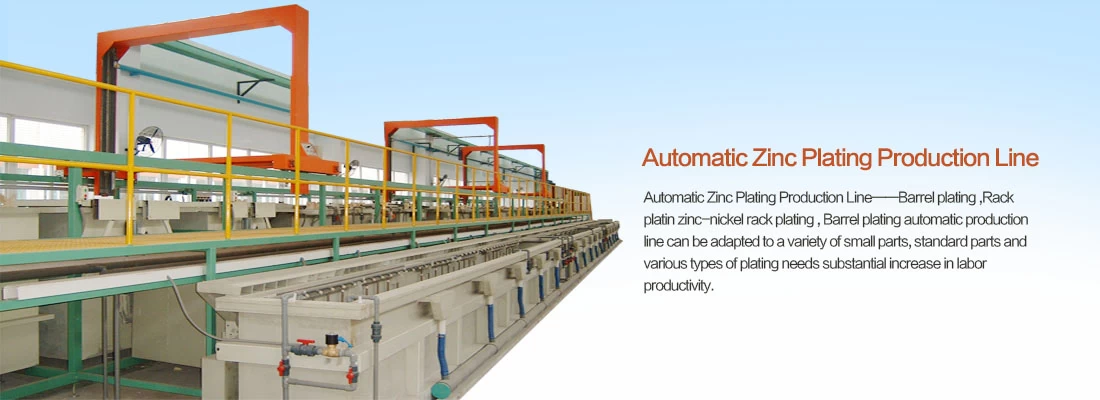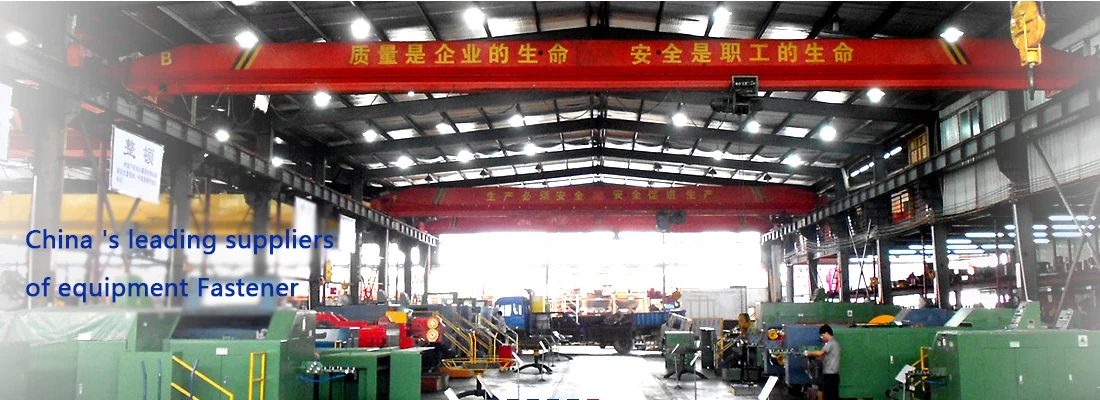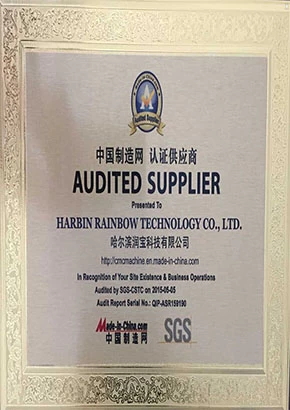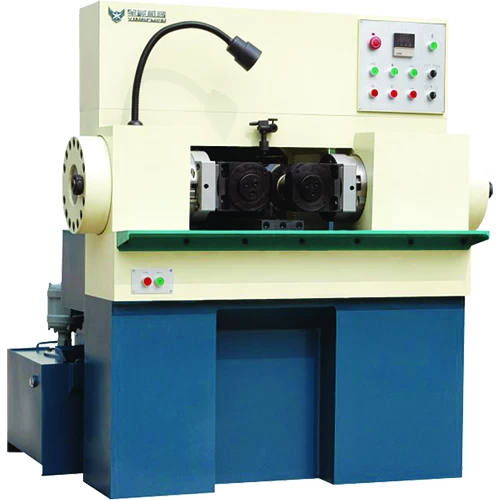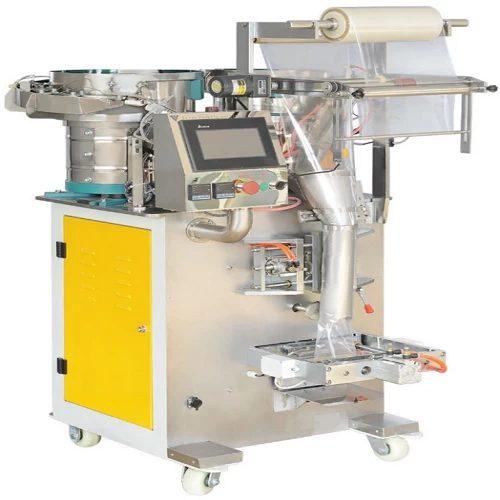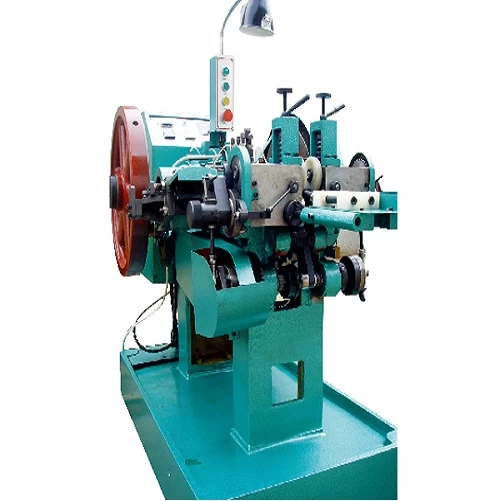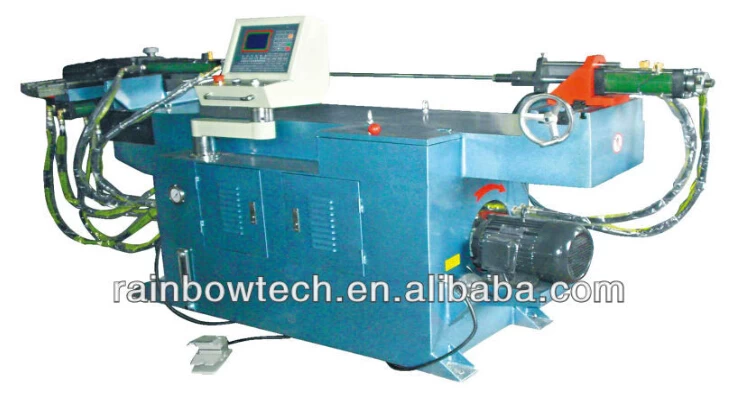Cold Forging Machines: Precision, Efficiency & High-Speed Metal Forming
Introduction to Cold Forging Machines
A cold forging machine (also known as a cold header) is an industrial powerhouse used to shape metal parts at room temperature, eliminating the need for heating. This high-speed forming process ensures superior material strength, minimal waste, and tight tolerances, making it essential for mass-producing bolts, screws, nuts, and complex automotive/electronics components.
Why Choose Cold Forging Over Hot Forging?
✔ Material Strength – Cold working increases hardness and fatigue resistance.
✔ Cost-Efficiency – No energy wasted on heating; material yield exceeds 95%.
✔ Precision & Consistency – Tolerances as tight as ±0.01mm.
✔ Smooth Surface Finish – Reduces secondary machining needs.
✔ Eco-Friendly – Minimal scrap, no fumes or scale formation.
How Does a Cold Forging Machine Work?
- Wire Feeding – A straight, lubricated metal wire is fed into the machine.
- Cutting & Preforming – A shearing mechanism cuts the wire to length, then preforms it.
- Forming & Heading – Multi-station dies (2 to 6 dies) progressively press the workpiece into the desired shape.
- Ejection – The finished part is ejected for inspection or further processing.
Types of Cold Forging Machines



